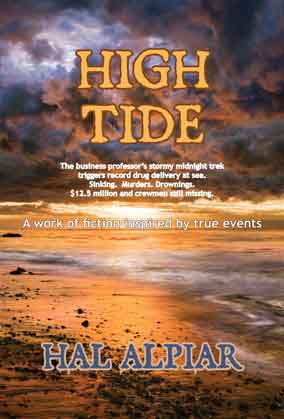Sep 08 2012
MIXED MESSAGES
When is a pat on the back
actually a kick in the butt?
A client tells you your service is great, then complains about it later to others. Assuming nothing changed along the way to erode the value of your praiseworthy performance, your sense of anguish may simply be the result of of a mixed message. Mixed messages find their way into everyday business exchanges with increasing regularity.
“Pretty good job . . . for a woman!” is a typical example. “You’re doing this the right way, but you need to slow down and think it through better!” is another. Have you ever heard something like: “We need to move forward with plans to collaborate, but not at the expense of our own department (division, team, group)?”
Mixed messages are nonproductive. Mixed messages often couch hidden agendas. Unlike much problem solving that requires “two to tango” and cannot be realistically addressed by a single entity alone, mixed message situations can be resolved by one person taking preventive measures. These include paraphrasing, note taking, feedback, diagramming, and offering/ requesting examples.
1) PARAPHRASING. Instead of simply taking statements at face value and then squirming with them later, ask: “Do I understand you correctly to mean . . . (and repeat back what you think you heard, using your own words)?”
2) NOTE TAKING. The biggest problem with note taking is that most people do not take notes. And even when they do, they fail to directly request the speaker to allow for it. “Would you mind please slowing down on (or repeating) that point for me so I can make note of it because I don’t want to forget what you said.” is not just called for; it’s flattering to the speaker. But write it!!
3) FEEDBACK. Speakers need to pause periodically and take inventory: “How are we doing here so far? Do you have any questions? Is all of this information clear?” Listeners need to politely interrupt periodically and take inventory: “Excuse me. Can we take a ‘Time Out’ minute here to summarize this last bit of information? I want to make sure I understand what you mean.” Write it!!
4) DIAGRAMS. When speaker or listener is not 100% sure that communications are clear, ask for a diagram of the information; arranging keywords and ideas visually helps ensure accuracy, and can often illuminate a new perspective.
5) EXAMPLES. Ask for them. Very few exchanges of information fail to become transparently clear when examples are offered and discussed.
Getting tangled up in miscommunication can be frustrating and annoying, and stressful. One person who is determined to “get it right” the first time, and who is willing to accept that it may take longer and be more work, will ultimately experience greater accuracy in dealing with others, and accuracy spells success.
# # #
FREE blog subscription Posts RSS Feed
P L E A S E N O T E N E W D I R E C T P H O N E N U M B E R
HAL ALPIAR Writer/Consultant 302.933.0911 TheWriterWorks.com, LLC
National Award-Winning Author & Brand Marketer – Record Client Sales
Open Minds Open Doors
Make today a GREAT day for someone!


